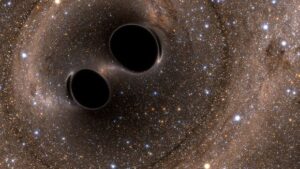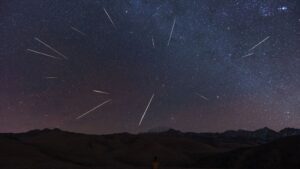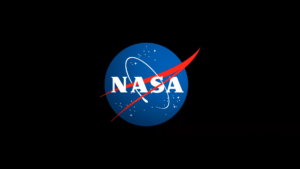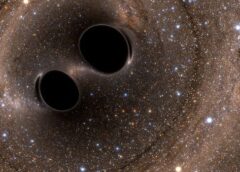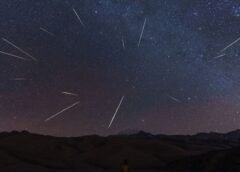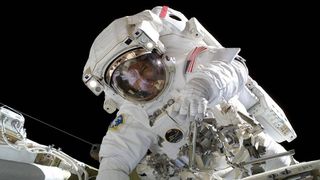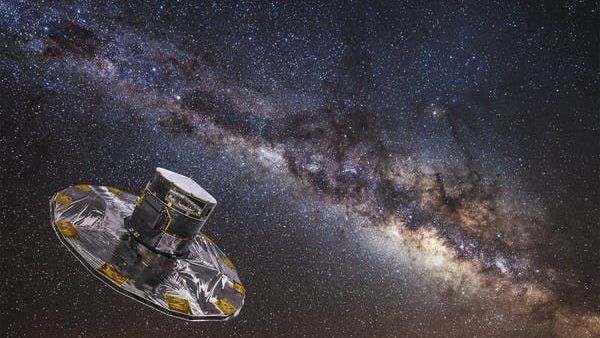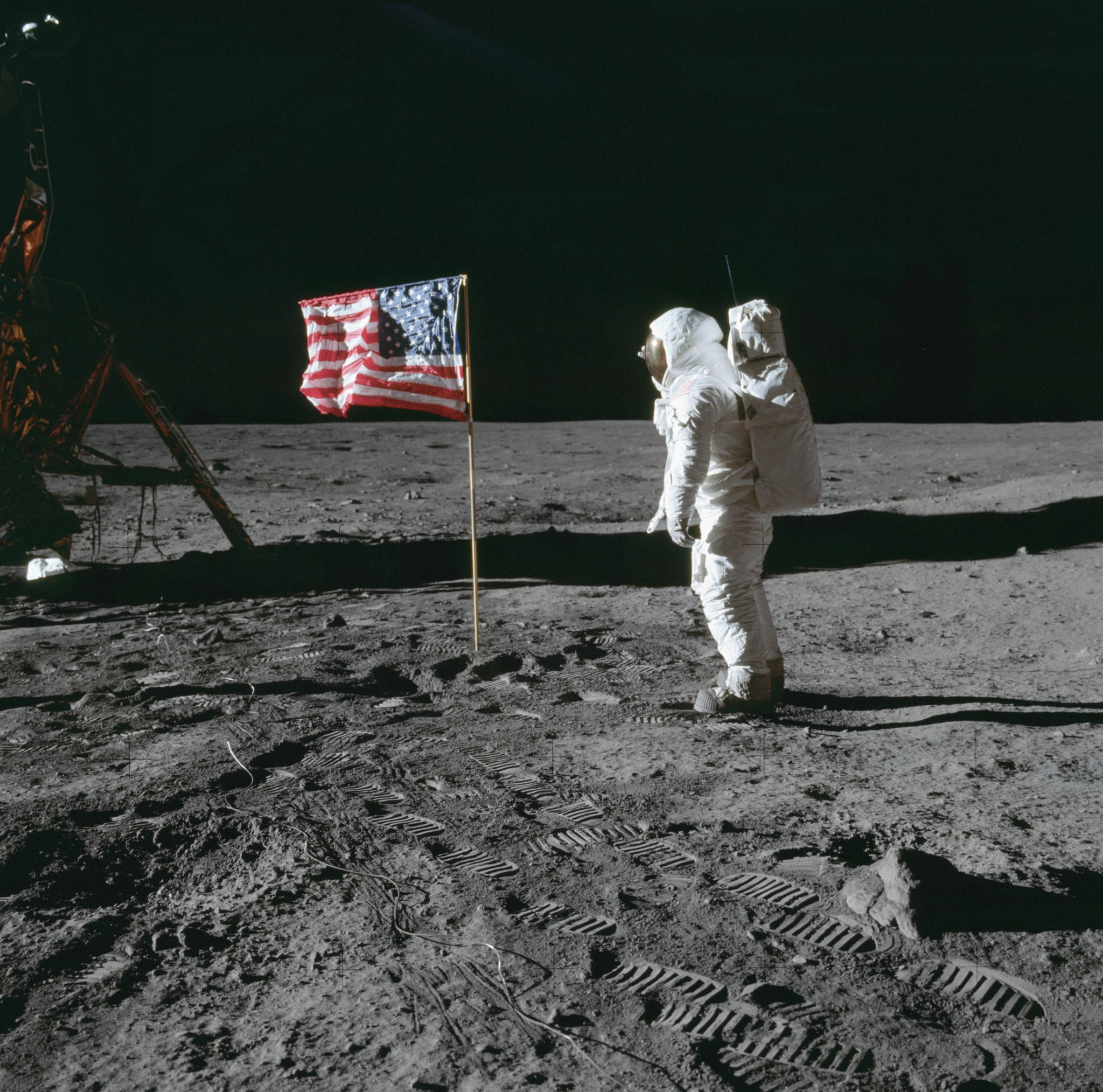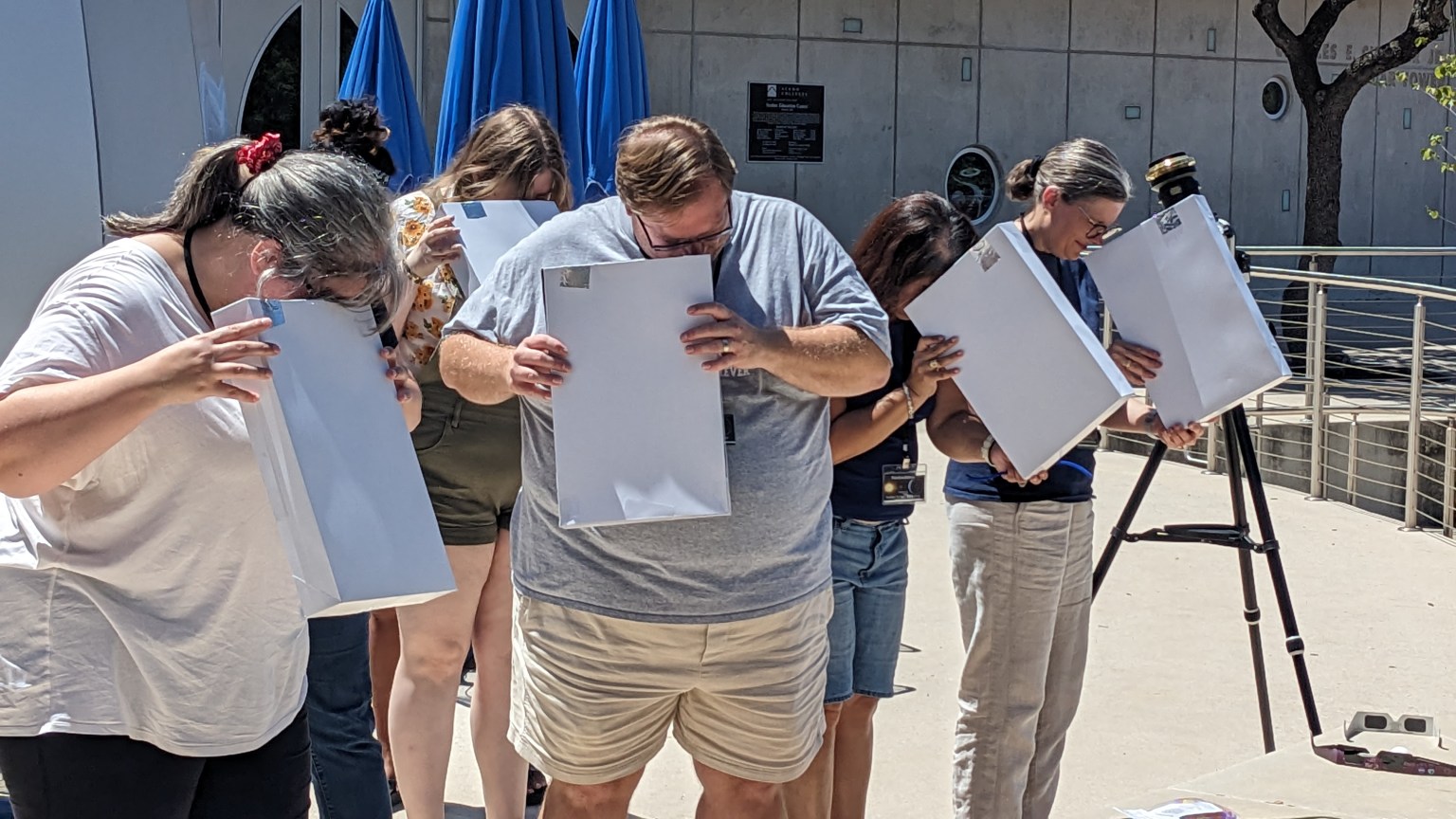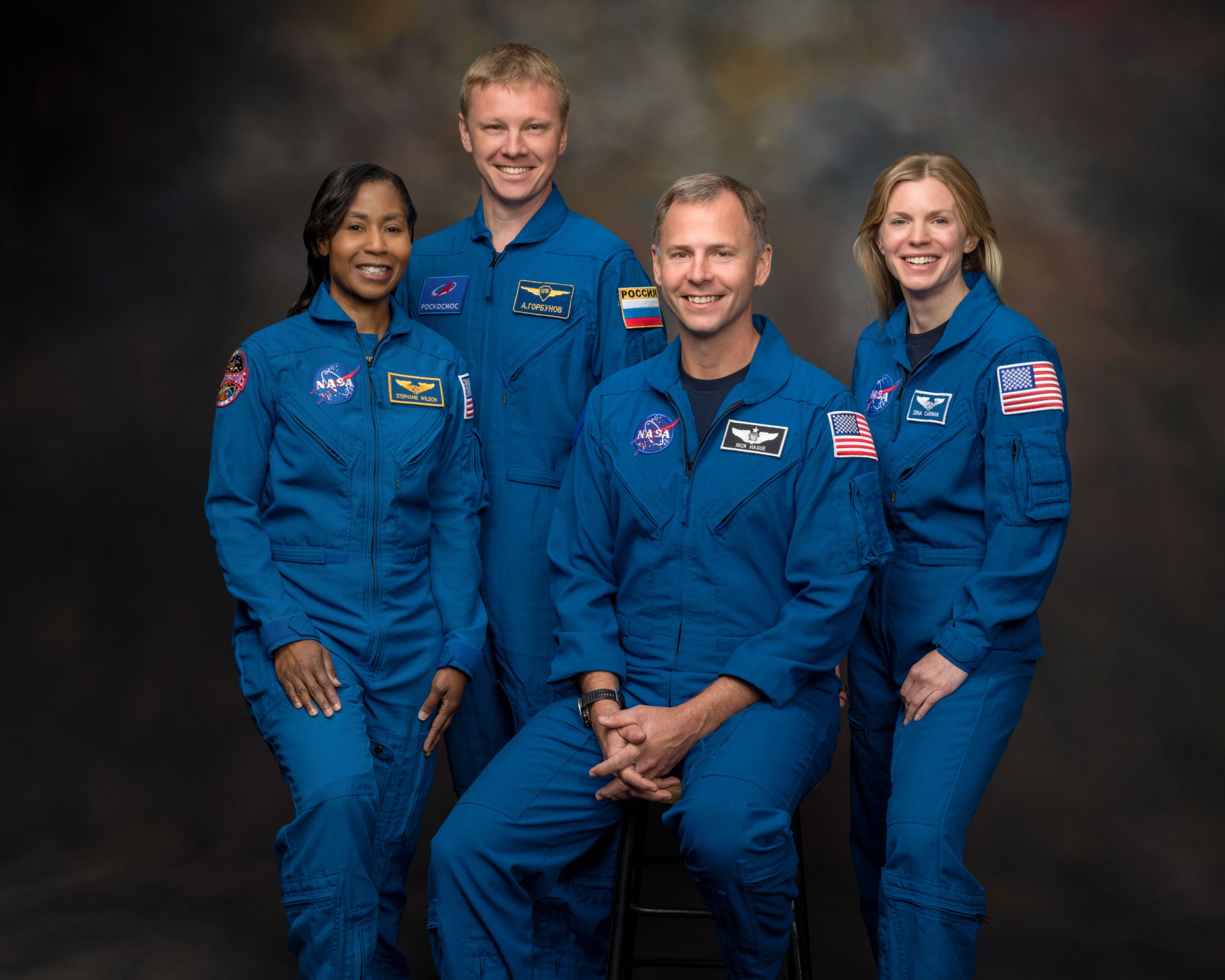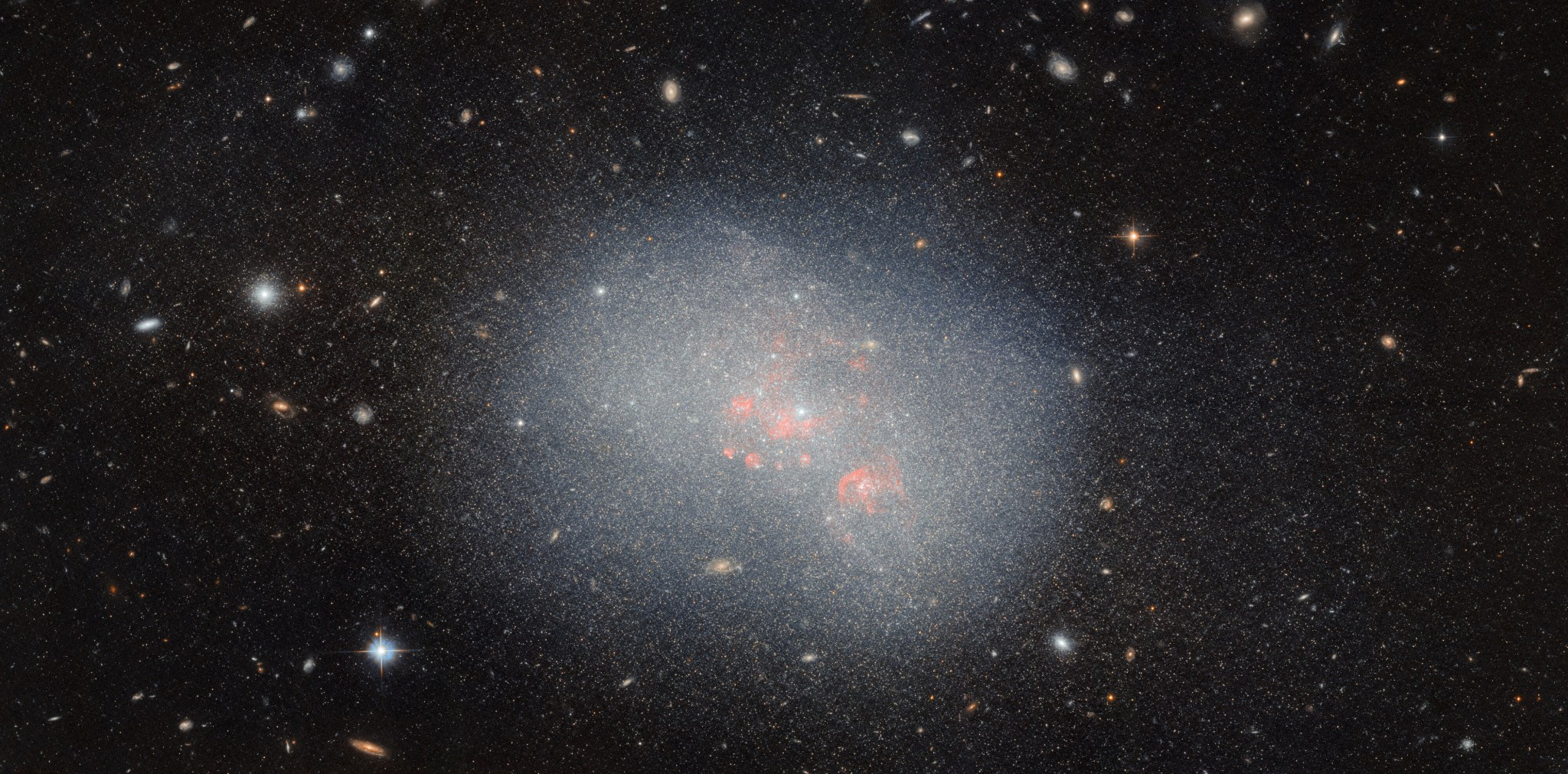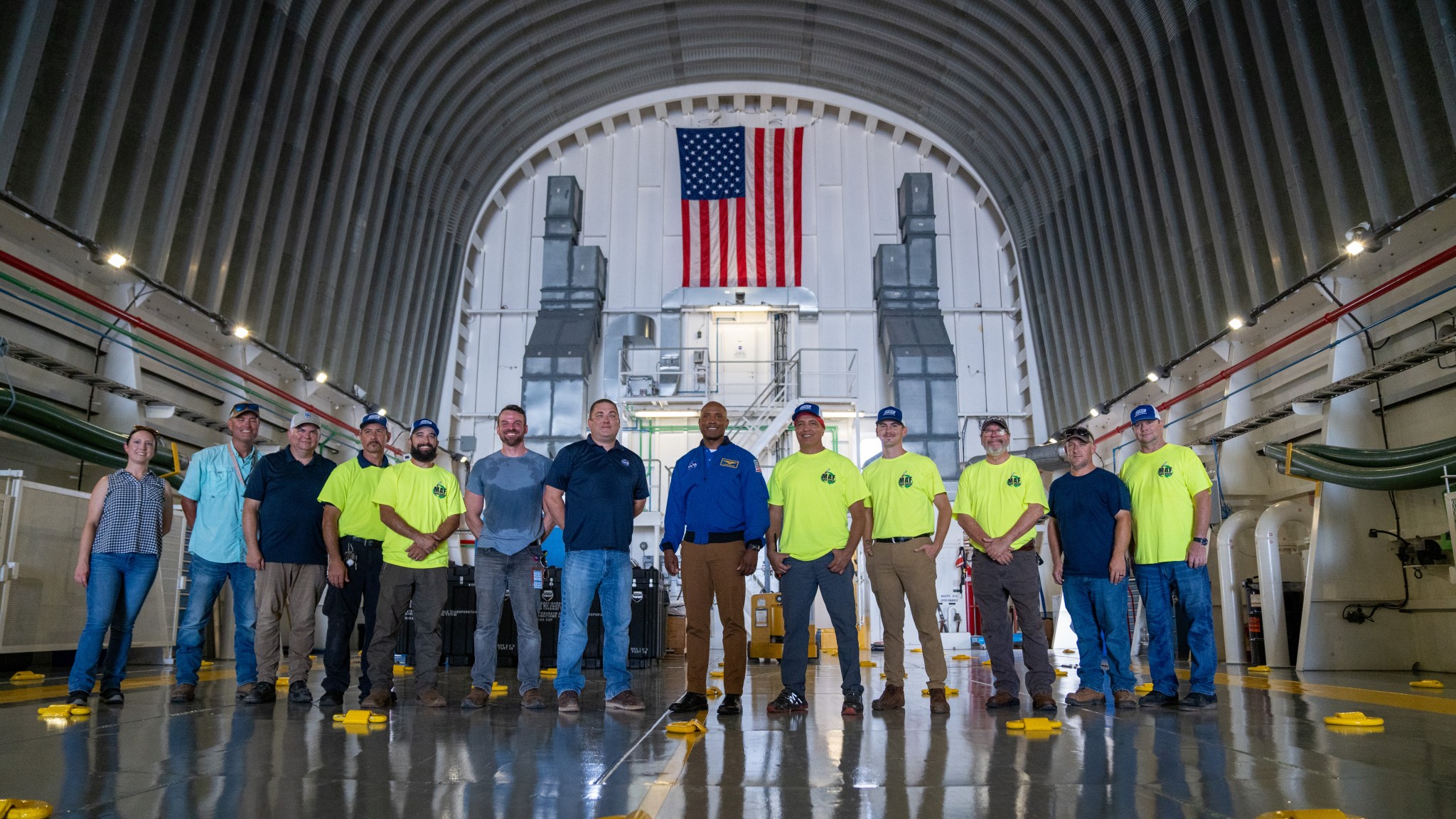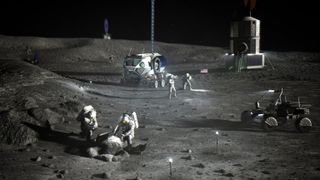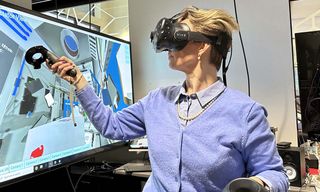NASA says its next spacewalk will be delayed indefinitely until engineers understand more about what caused a coolant leak on June 24. Tracy Dyson, a NASA astronaut, had a brief spacesuit leak a month ago while still in the hatch of the International Space Station (ISS). She and Mike Barrett had just opened the door for a 6.5-hour spacewalk for maintenance activities, when showers of ice particles erupted from a spacesuit connection to the ISS. The spacewalk was suspended, but the astronauts were never in any danger, NASA has emphasized.…
Read MoreA high-speed particle struck the Gaia space telescope — but Gaia came back stronger than ever
In the eleventh year of its mission, the European Space Agency (ESA)’s Gaia space telescope has suffered a pair of technical snags. The telescope has spent its time in space precisely measuring the positions and motions of distant stars, offering an immense boon to astronomers. ESA said that Gaia suffered first a puncture from a fast-moving micrometeoroid, then an electronics malfunction. Due to these issues, the telescope began sending its Earthbound operators gigabytes of junk data. “Gaia typically sends over 25 gigabytes of data to Earth every day, but this…
Read MoreExplorers on the Moon: Apollo 11 Landing
NASA On July 20, 1969, astronauts Neil Armstrong and Buzz Aldrin landed on the Moon in the lunar module “Eagle.” Afterward, Aldrin posed for this photo, taken by Armstrong, beside the United States flag. The Apollo 11 mission’s main goal was to perform a crewed lunar landing and return to Earth. The crew also conducted scientific exploration of the Moon’s surface and deployed a television camera to transmit signals to Earth. Armstrong and Aldrin spent 21 hours and 36 minutes on the Moon. They explored the surface, took extensive photographs…
Read MoreNASA-Funded Studies Explain How Climate Is Changing Earth’s Rotation
6 min read Preparations for Next Moonwalk Simulations Underway (and Underwater) The Arctic is captured in this 2010 visualization using data from NASA’s Aqua satellite. A new study quantifies how climate-related processes, including the melting of ice sheets and glaciers, are driving polar motion. Another study looks at how polar meltwater is speeding the lengthening of Earth’s day. NASA’s Scientific Visualization Studio Researchers used more than 120 years of data to decipher how melting ice, dwindling groundwater, and rising seas are nudging the planet’s spin axis and lengthening days. Days…
Read MoreNASA Awards Launch Excitement for STEM Learning Nationwide
3 Min Read NASA Awards Launch Excitement for STEM Learning Nationwide Southwest Girl Scout Council Leaders test out their “cereal box” pin-hole viewers to study the sun during educator training program. NASA awards inspire the next generation of explorers by helping community institutions like museums, science centers, libraries, and other informal education institutions and their partners bring science, technology, engineering, and mathematics (STEM) content to their communities. NASA’s Next Generation STEM project has expanded the Teams Engaging Affiliated Museums and Informal Institutions (TEAM II) program to include a new tier…
Read MoreNASA Sets Briefings for Crew-9 Mission to Space Station
Official NASA’s SpaceX Crew-9 portraits with Zena Cardman, Nick Hague, Stephanie Wilson, and Aleksandr Gorbunov. Credit: NASA NASA will host a pair of news conferences Friday, July 26, from the agency’s Johnson Space Center in Houston to highlight upcoming crew rotation missions to the International Space Station. NASA will host a mission overview news conference at 12 p.m. EDT and provide coverage on NASA+, NASA Television, the NASA app, YouTube, and the agency’s website. The news conference will cover NASA’s SpaceX Crew-9 mission to the microgravity laboratory and Expeditions 71…
Read MoreHubble Studies a Potential Galactic Merger
3 min read Hubble Studies a Potential Galactic Merger This NASA/ESA Hubble Space Telescope image captures the dwarf irregular galaxy NGC 5238. ESA/Hubble & NASA, F. Annibali This NASA/ESA Hubble Space Telescope image features the dwarf irregular galaxy NGC 5238, located 14.5 million light-years from Earth in the constellation Canes Venatici. Its unexciting, blob-like appearance seems to resemble an oversized star cluster more than a classic image of a galaxy. Its lackluster appearance belies its complicated structure, which is the subject of a great deal of research. As the image…
Read MoreFrom One Crew to Another: Artemis II Astronauts Meet NASA Barge Crew
Members of the Artemis II crew met with the crew of NASA’s Pegasus barge prior to their departure to deliver the core stage of NASA’s SLS (Space Launch System) rocket to the Space Coast. NASA astronaut and pilot of the Artemis II mission Victor Glover met the crew July 15. From left to right: Ashley Marlar, Jamie Crews, Nick Owen, Jeffery Whitehead, Scott Ledet, Jason Dickerson, John Campbell, NASA astronaut Victor Glover, Farid Sayah, Kelton Hutchinson, Terry Fitzgerald, Bryan Jones, and Joe Robinson. NASA/Brandon Hancock NASA astronaut Reid Wiseman, commander,…
Read MoreNASA wants fresh ideas for recycling garbage on the moon
With crewed Artemis launches on the horizon, NASA is searching for sustainable solutions for waste management during long-term missions on the moon. An initiative called LunaRecycle, under the space agency’s Centennial Challenges Program, aims to incentivize the design and development of recycling solutions for use on the surface of the moon and/or inside pressurized lunar habitats. The program aims to reduce solid waste streams during long duration lunar missions under the Artemis Program, as well as to improve the sustainability of future space exploration. “As NASA prepares for future human…
Read MoreLoneliness is a dish best served in space: Why food may taste weird to astronauts
Studying common food aromas may help scientists better understand why meals reportedly taste bland in space, leading to astronauts’ decreased nutritional intake. Researchers from the Royal Melbourne Institute of Technology (RMIT) in Australia have found that spatial perception can play a significant role in how people smell various aromas, which, in turn, impacts their flavor. As it turns out, a greater sense of loneliness and isolation — which astronauts may experience while on the International Space Station (ISS) — can influence how people smell and taste their food, according to…
Read More
